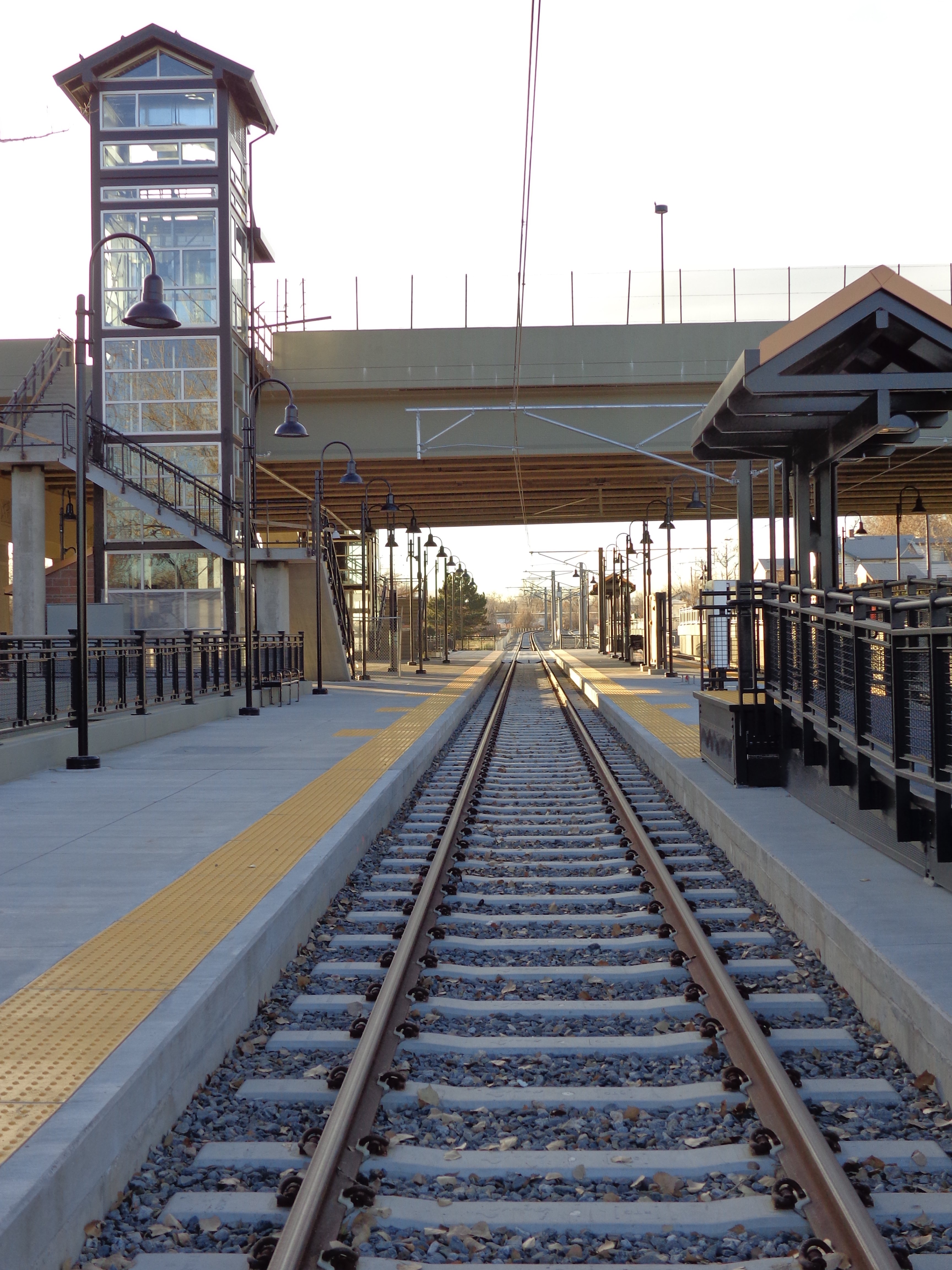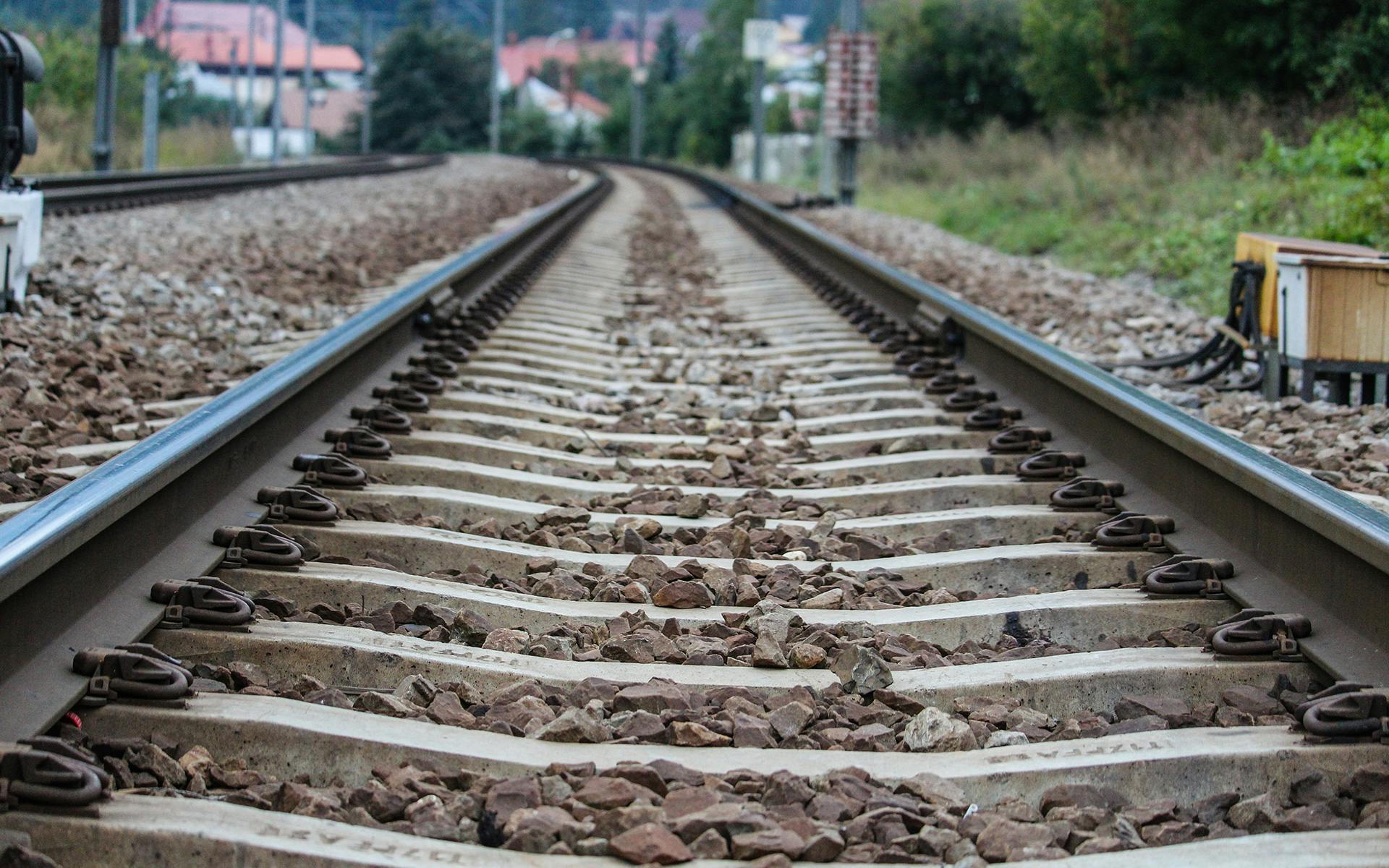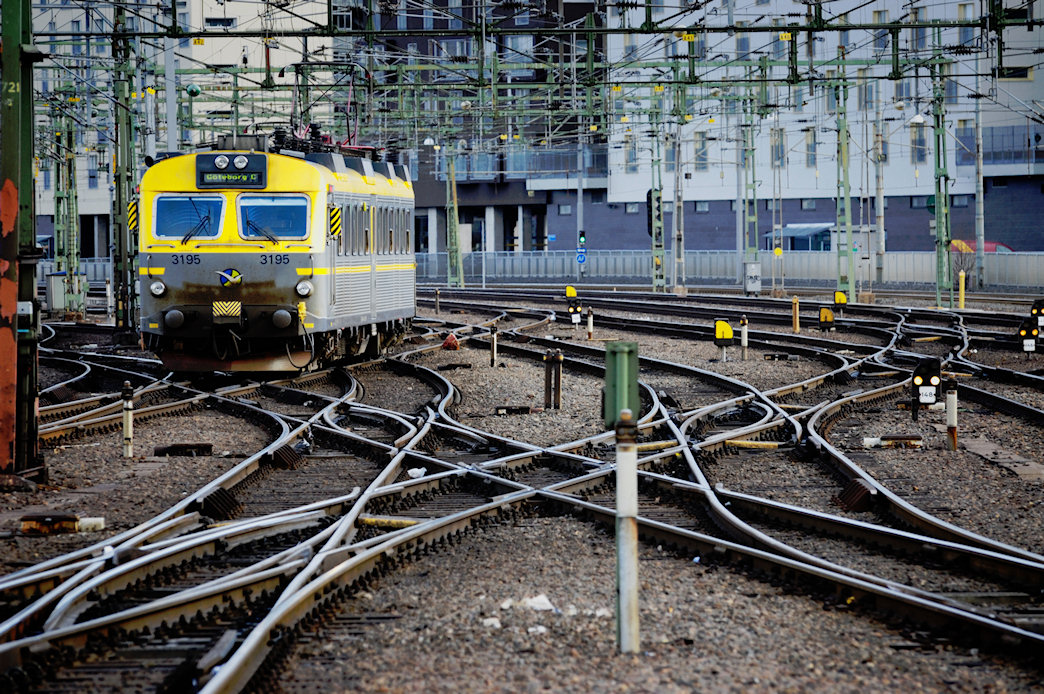

This triggers the clamping mechanism to automatically lock onto the rail and begin raising it.

It also features an “Autoclose Mode”, which uses a sensor to detect when the device has made contact with the surface of the rail. The safety of the eTrack rail lifting clamp is maximised by the use of an LED Status Indicator, which shows the rail lifting clamps’ status at all times, and is visible from the operator’s position. It has been proven safe for use on 56E1 and 60E2 rails, as well as 75 conductor rails. After it has been correctly positioned, the crane descends and is able to safely retract the targeted rail. The new eTrack rail lifting clamp orients and positions itself directly onto the desired rail.

This new rail lifting system is an innovative way to transport train rails safely and securely. In order to transport train rails safely, it is necessary to use a full-equipped crane.Ī safe, functional, and modern rail clamp to facilitate the safe transportation of train rails, which operates in conjunction with cranes, is the new eTrack rail lifting clamp. Finally, they feed the rails into a machine which lays them upon the ballast and lays them according to required spacing. These cranes transport older rails into storage and bring new ones into the working space. Cranes are used for lifting and laying the extremely heavy materials involved in laying train rails – these are often gantry cranes, which are capable of lifting some of the heaviest loads in the world. Transporting train rails can be challenging, and safety is of the upmost importance. Finally, signals along the tracks permit train officers to stay aware of changing conditions further along the track. Rails may also have switches, which allow trains to be moved from one track to another. Steel is easily bent into shape, permitting tracks to be curved. The tracks are often raised above the ground in order to provide drainage for water removal. Underneath the train rail is the ballast, which provides a cushioning made of sand or concrete. The rails, in turn, are fastened to the ties. These are generally made of wood or concrete. or 1,435 mm., and are connected by railroad ties or ‘sleepers’, as they are known in Europe. The standard distance between rails is 4 feet 8.5 in. So, how do train rails work? Tracks are made of two parallel steel rails, laid at a set distance apart. Conductor rails are used throughout the world, but in some countries such as Japan and South Korea they are being phased out due to a preference for overhead wiring in their public transportation systems. Prominent models of rails are the 56E1, 60E2 rail profiles and 75 conductor rails. They are usually completely or almost completely segregated from the outside environment, due to safety concerns with high voltages running through them. Conductor railsĬonductor rails, also known as “third rails”, provide electrical power to trains or locomotives through a rigid conductor which is placed in between or alongside the rails of train tracks. It has been replaced by flat bottom rails. This type of rail has been almost completely eliminated from the British rail network, except for some smaller branches. This had the consequence that it could not be flipped over to use the foot as the head, meaning it had a short lifespan and was therefore an expensive track laying method. From the mid-19th century until the mid-20th century, it was standard.īullhead rails were a development of double-headed rails but lacked the symmetrical profile of the double-headed rail. Bullhead railsīullhead rails used to be the most commonly used rail type in Britain. They were first inserted in the London and Croydon Railway, and after it was recognised that they were much quieter than their predecessors, their popularity began to spread worldwide. They have a wide base, and a head which is narrower than the base.įlanged T rail is the name used for a flat bottom rail in the USA, and Vignoles rail is popularly used in the UK in reference to Charles Vignoles, who introduced this rail type there. They were originally conceived in the USA, although there was a delay in production due to a lack of steel mills at the time. The flat bottom rail is the most commonly used rail type worldwide. Depending on its structure, we can identify different types of them. Evo2 Crane Hook evo5-evo25 Crane Hooks Different types of train railsĮach of the metal bars where the train wheels are placed are called train rails.


 0 kommentar(er)
0 kommentar(er)
